Signals Given by Police Officer
- 1/6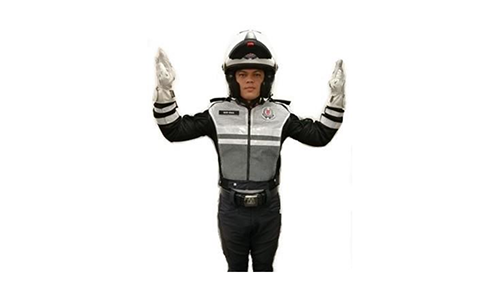
This signal (both arms raised vertically, palms forward) requires vehicles approaching the police officer from all directions to stop. Therefore, the correct action is to stop your vehicle.
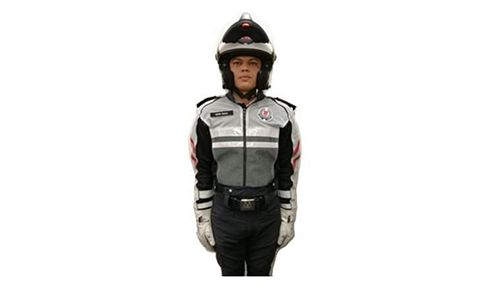
The signal of a police officer facing traffic with both arms extended straight down typically corresponds to instructing traffic approaching from the front and behind to stop, while allowing traffic from the sides (the officer’s right and left) to proceed.
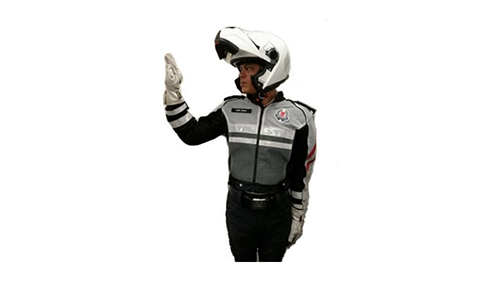
The signal indicates that vehicles approaching the police officer from their right, front, and behind must stop. Conversely, this implies that only vehicles approaching from the officer’s left are permitted to proceed.
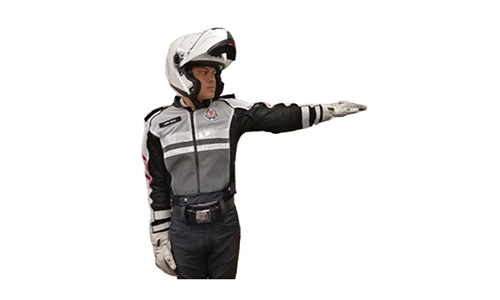
If you are at the front or back of the officer, you are not permitted to drive straight. Only vehicles approaching from the officer’s right are allowed to proceed.
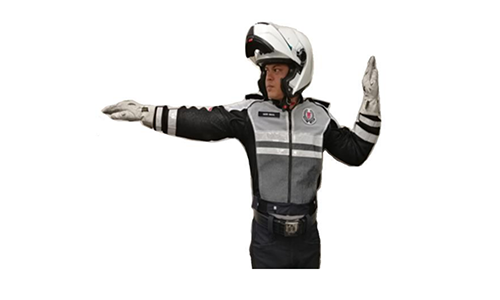
Vehicles approaching the police officer from their right should be ready to stop because the signal is about to change. The officer’s left arm extended horizontally typically means stop for traffic facing that way (the officer’s left), front, and behind.
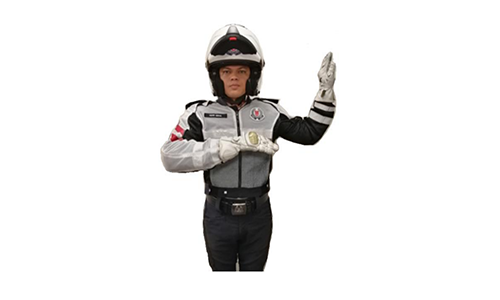
If you are directly in front of the officer, you are permitted to make a right turn. Vehicles approaching from all other directions are instructed to stop.
 Pass the Exam easily with Premium Practice Tests | Unlock All with 7 Days Plan
Pass the Exam easily with Premium Practice Tests | Unlock All with 7 Days Plan  Offer Ends in
Offer Ends in 
